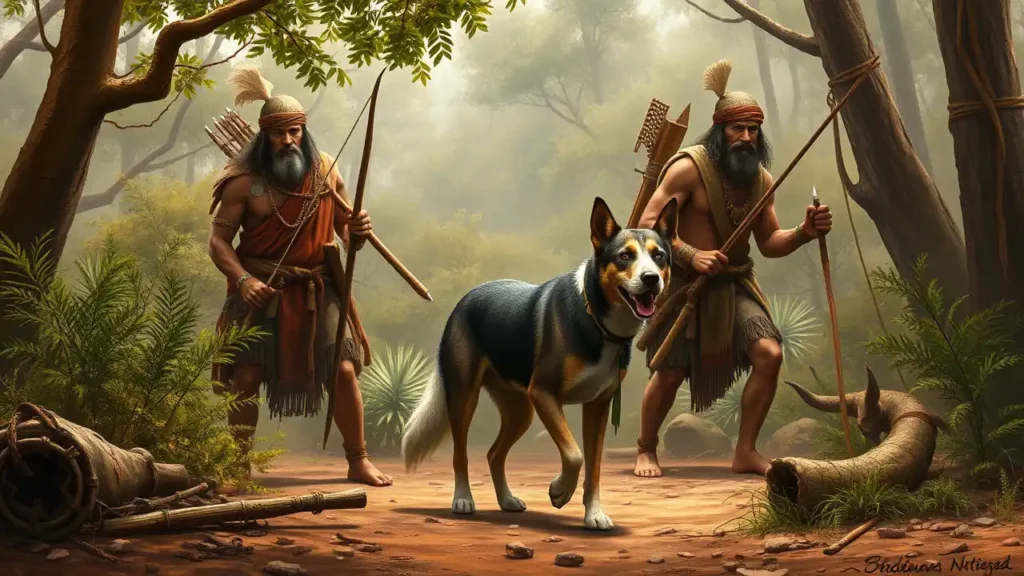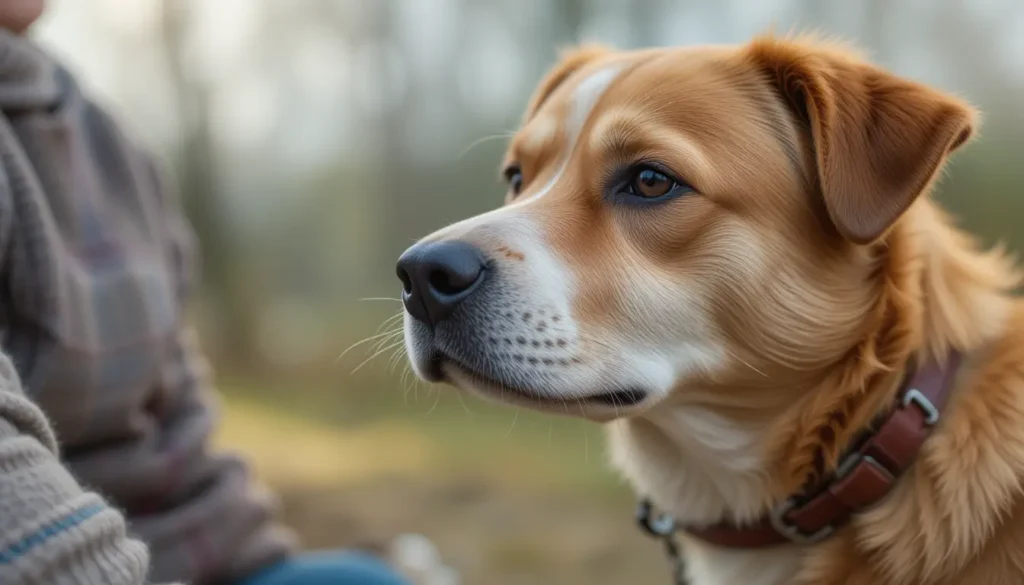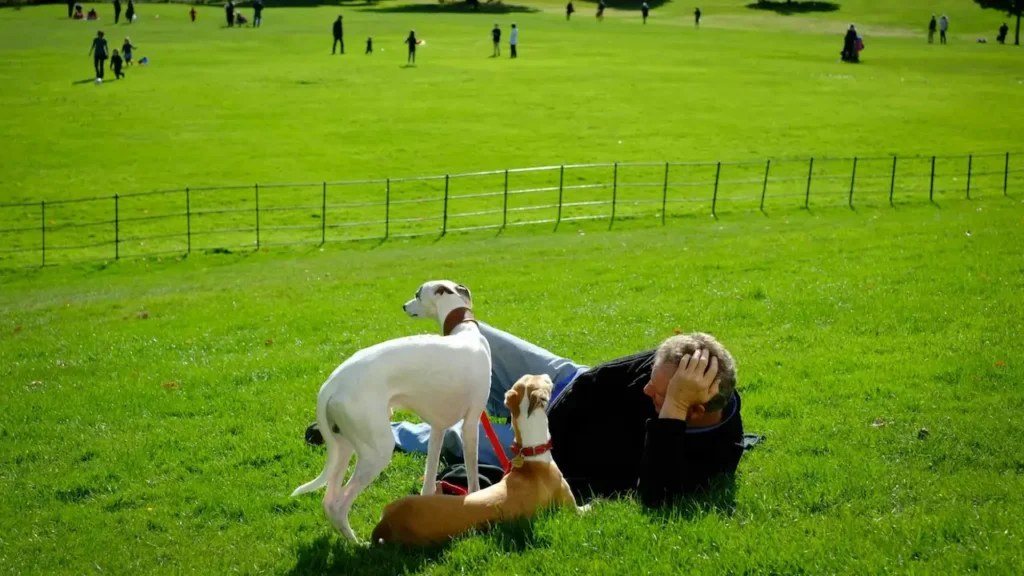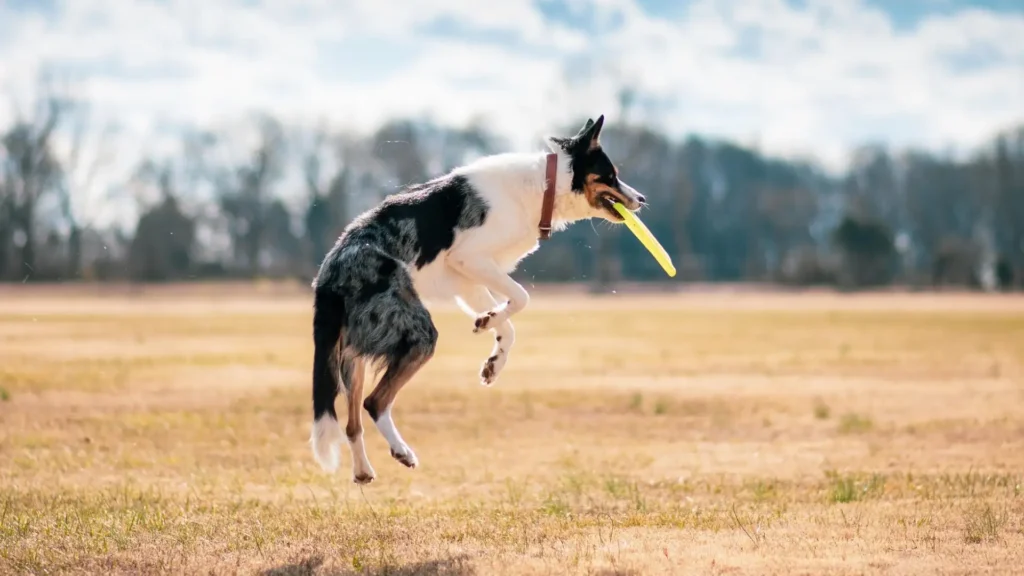Working dogs were bred over millennia for tasks ranging from herding livestock to pulling sleds, guarding property, and performing life-saving rescues. These dogs reflect the ingenuity of humans and the extraordinary adaptability of canines. Their evolution is deeply intertwined with geography, culture, and technological advancements.
Origins of Working Dogs
The journey of working dog breeds begins with the domestication of dogs. This process started between 20,000 and 30,000 years ago. Archaeological evidence, such as a 14,700-year-old dog burial in Germany, suggests early humans formed bonds with wolves that were less aggressive and more sociable.
These proto-dogs provided advantages like alerting humans to danger, assisting in hunts, and scavenging leftovers, fostering a symbiotic relationship. Genetic studies indicate that domestication occurred in multiple regions, including Europe and Asia.
As humans transitioned from hunter-gatherer societies to agricultural ones around 10,000 years ago. Since then, dogs’ roles became specialized. In pastoral regions, dogs were bred to protect livestock from predators. Anatolian Shepherd and Kangal trace their lineage to these ancient guardians. Their imposing size, strength, and territorial instincts made them ideal for deterring threats in rugged terrains.
In colder climates, Inuit and Chukchi developed sled dogs to navigate snow-covered landscapes. Ancestors of the Siberian Husky, Alaskan Malamute, and Samoyed were bred for endurance. They have thick coats and powerful builds to haul supplies and people. These dogs were not mere tools but family members. They shared the harsh lives of their human companions.
Ancient Civilizations
In ancient civilizations, dogs were entrenched in specific roles. Egyptian art from 3000 BCE depicts dogs resembling modern Salukis. They were used for hunting and guarding. In Greece, Molossian dogs—ancestors of mastiff breeds—were employed as war dogs and estate guardians.
The Romans further refined working dogs. They used them in military campaigns and for herding on sprawling farms. The Roman writer Columella, in his 1st-century CE agricultural treatise, described herding dogs with traits akin to today’s Border Collie: intelligent, responsive, and tireless.
In Asia, Tibetan Mastiff emerged as protectors of monasteries and nomadic camps in the Himalayas. Their thick fur and fierce loyalty suited them to high-altitude life. They guarded against both human and animal threats. Meanwhile, in East Asia, Chow Chow served as multi-purpose workers. They pulled carts, guarded homes, and aided in hunts.
These early working dogs were shaped by their environments. Coastal communities bred water-loving dogs like the ancestors of the Newfoundland and Portuguese Water Dog to retrieve fishing nets and rescue drowning sailors. In contrast, desert nomads favored lean, agile dogs for scouting and guarding. This regional diversity laid the foundation for the vast array of working breeds we recognize today.
Working Dog History in Medieval Europe
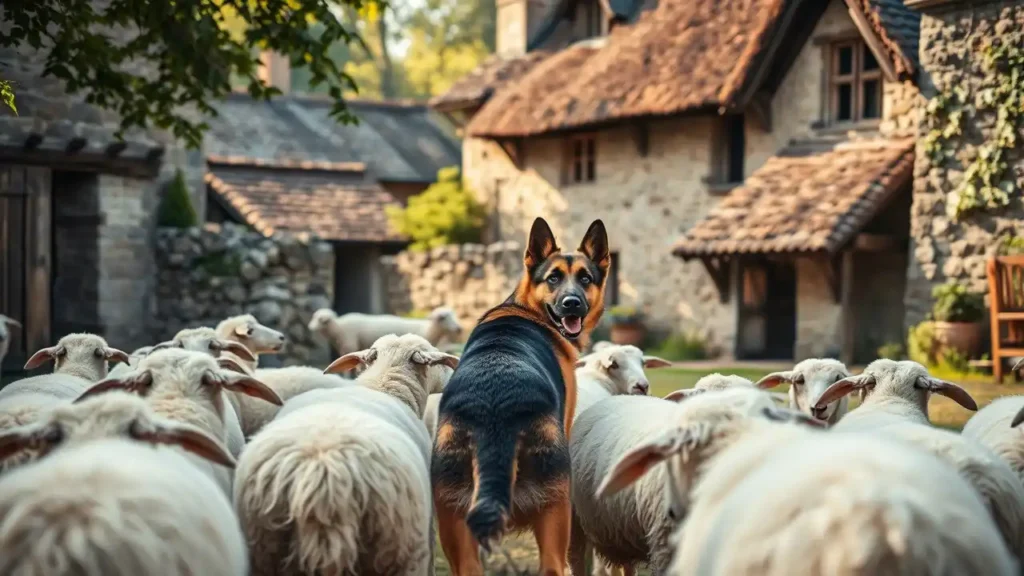
The Middle Ages saw significant advancements in working dog breeds. These were driven by the feudal system’s reliance on agriculture and trade. In Europe, herding dogs became indispensable for managing flocks across vast pastures.
Old English Sheepdog and the German Shepherd were initially used as herding dogs. They were honed for their ability to control sheep and cattle with minimal human direction. Border Collie, originating in the Anglo-Scottish borderlands, became legendary for its “eye”—a hypnotic stare used to intimidate livestock into compliance.
Guarding breeds also thrived. Mastiff were used by English nobility to protect estates. Rottweiler was a descendant of Roman drover dogs. They guarded livestock and trade goods along perilous routes. These dogs were bred for size and courage. They wear spiked collars to fend off wolves and bandits.
In Switzerland, Bernese Mountain Dog and Greater Swiss Mountain Dog pulled carts and herded cattle. Their strength matched by a gentle temperament ideal for farm life.
In the Alps, monasteries like the Great St. Bernard Hospice bred dogs specifically for rescue. The St. Bernard were named after the hospice’s founder. They became iconic for locating travelers buried in avalanches. They carried small barrels of brandy to revive them. These dogs combined keen senses with resilience. They could navigate treacherous snowstorms to save lives.
The Early Modern Era of Working Dogs
The Age of Exploration (15th to 18th centuries) spread working dog breeds globally and introduced new roles. European settlers in the Americas brought herding and guarding dogs. These breeds mixed with local canines to create versatile breeds.
In Newfoundland, fishermen bred dogs for water rescue, resulting in the Newfoundland and its offshoot, the Labrador Retriever. These dogs hauled nets, retrieved gear, and swam through icy waters to save lives. Their dense coats and webbed feet perfectly adapted to the task.
In the Arctic, European contact with indigenous sled dog cultures led to the refinement of breeds like the Greenland Dog and Canadian Eskimo Dog. Explorer Roald Amundsen relied on these dogs for polar expeditions. Their strength and teamwork proved superior to mechanical alternatives in extreme conditions.
This period also saw dogs used in brutal contexts. Old English Bulldog were used for bull-baiting and bear-baiting. These practices were outlawed by the 19th century.
The Industrial Revolution for Working Dogs
The Industrial Revolution (late 18th to 19th centuries) transformed working dog roles as societies urbanized. Rural herding dogs faced declining demand due to mechanized farming.
New opportunities arose in cities. German Shepherd were standardized by breeder Max von Stephanitz in 1899. He transitioned the breed from herding to police and military work. Its intelligence, strength, and trainability made it a global standard for law enforcement.
In Britain, the Industrial Age spurred the creation of kennel clubs. The Kennel Club (1873) and the American Kennel Club (1884) formalized breed standards. Working breeds were categorized for their utility. They were distinguished from sporting or toy breeds. This era also saw the rise of dog shows. This sparked debates among breeders about preserving working instincts.
Doberman Pinscher were developed in Germany in the 1890s by tax collector Karl Dobermann for personal protection. This exemplified the era’s focus on security. Similarly, the Boxer, bred from German hunting dogs, became a guard and messenger dog. Its athleticism suited to urban environments.
In Australia, the vast outback demanded a new kind of herding dog. The Australian Cattle Dog, created by crossing Collies with dingoes, emerged as an independent breed capable of driving cattle across hundreds of miles. Its dingo heritage gave it resilience to heat and scarcity.
The World Wars: Dogs of Valor
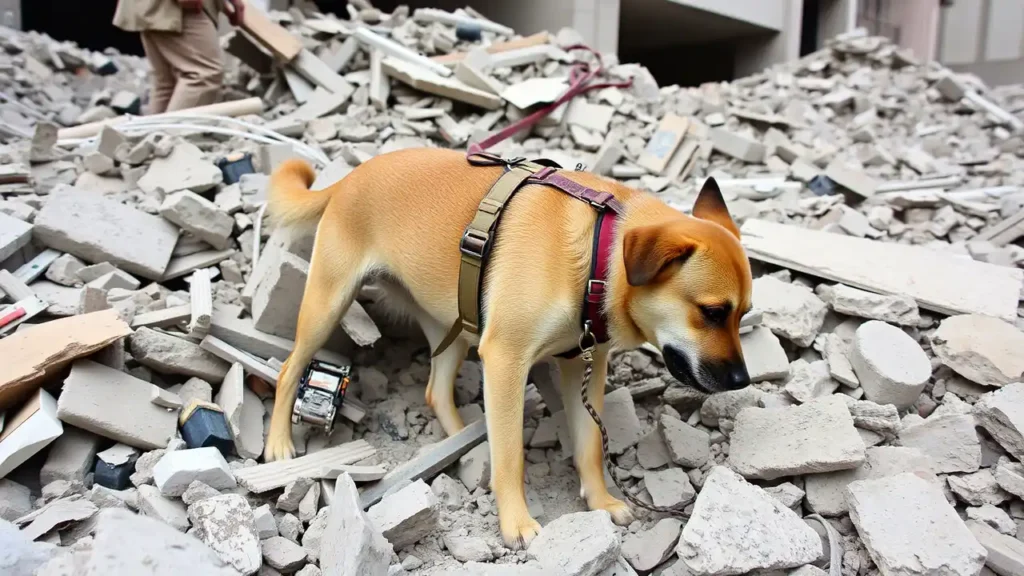
The 20th century’s global conflicts highlighted the bravery of working dogs. During World War I, German Shepherd, Belgian Malinois, and Airedale Terrier served as messengers, sentries, and ambulance dogs. They were used to navigate trenches under gunfire. Red Cross trained dogs to locate wounded soldiers. Sergeant Stubby, a mixed-breed terrier, became decorated heroes for warning troops of gas attacks.
World War II expanded these roles. Dogs detected mines, carried supplies, and scouted enemy positions. The Soviet Union even trained dogs to deliver explosives, though with mixed success.
Doberman Pinscher and Rottweiler guarded military bases, while sled dogs supported Arctic operations. After war, many breeds were repurposed for civilian life. German Shepherds and Labrador Retrievers were used for police and search-and-rescue work.
The wars also spurred advances in dog training. Behaviorist Konrad Most developed methods based on operant conditioning. This improved dogs’ reliability in high-stakes tasks. These techniques laid the groundwork for modern training. These techniques helped to use dogs from narcotics detection to therapy work.
The Modern Era
Today, working dog breeds are as vital as ever. They have adapted to a world of technology and urbanization. German Shepherds, Belgian Malinois, and Dutch Shepherds detect drugs, explosives, and track suspects. Their olfactory prowess outperforms even advanced sensors.
Labrador Retrievers, Golden Retrievers, and Border Collies excel in disaster response. In 2023 Turkey-Syria earthquake, dogs located survivors in collapsed buildings. Their agility and focus saved lives where human efforts alone fell short.
Bloodhound remain unmatched in tracking. They were used to find missing persons over vast distances.
Service dogs have also risen in prominence. Labrador Retrievers, Golden Retrievers, and Standard Poodles assist people with disabilities. They perform opening doors, detecting seizures, and providing emotional support. In 2024, an estimated 500,000 service dogs were active globally. The demand is growing as awareness of mental health issues increases.
Herding breeds thrive in new arenas. Border Collies dominate dog sports. Their intelligence makes them stars of competition. Meanwhile, traditional roles persist in rural areas. Anatolian Shepherd still guards livestock in regions like Namibia. They deter cheetahs and reduce human-wildlife conflict.
Technology has enhanced working dogs. Drones and GPS aid search-and-rescue, but dogs’ instincts remain unmatched. In agriculture, robotic herders are emerging, yet Australian Cattle Dog retain their edge in rugged terrains. Genetic testing now helps breeders reduce health issues like hip dysplasia.
Challenges abound. Urbanization has shifted many working dogs to pet status. This risks the dilution of their instincts. Siberian Husky, bred for sledding, often struggle in sedentary homes. So they lead to behavioral issues. Climate change also threatens Arctic breeds. Global warming has reduced the need for sled dogs in some regions.
The history of working dog breeds is a saga of co-evolution. Human ingenuity and canine versatility intertwined to meet the demands of survival, war, and progress. From ancient herders to modern rescuers, these dogs have been more than tools. They’ve been partners, shaping societies and saving lives. As the world changes, working breeds will continue to adapt. Their loyalty and skill ensure they remain humanity’s most enduring allies.

